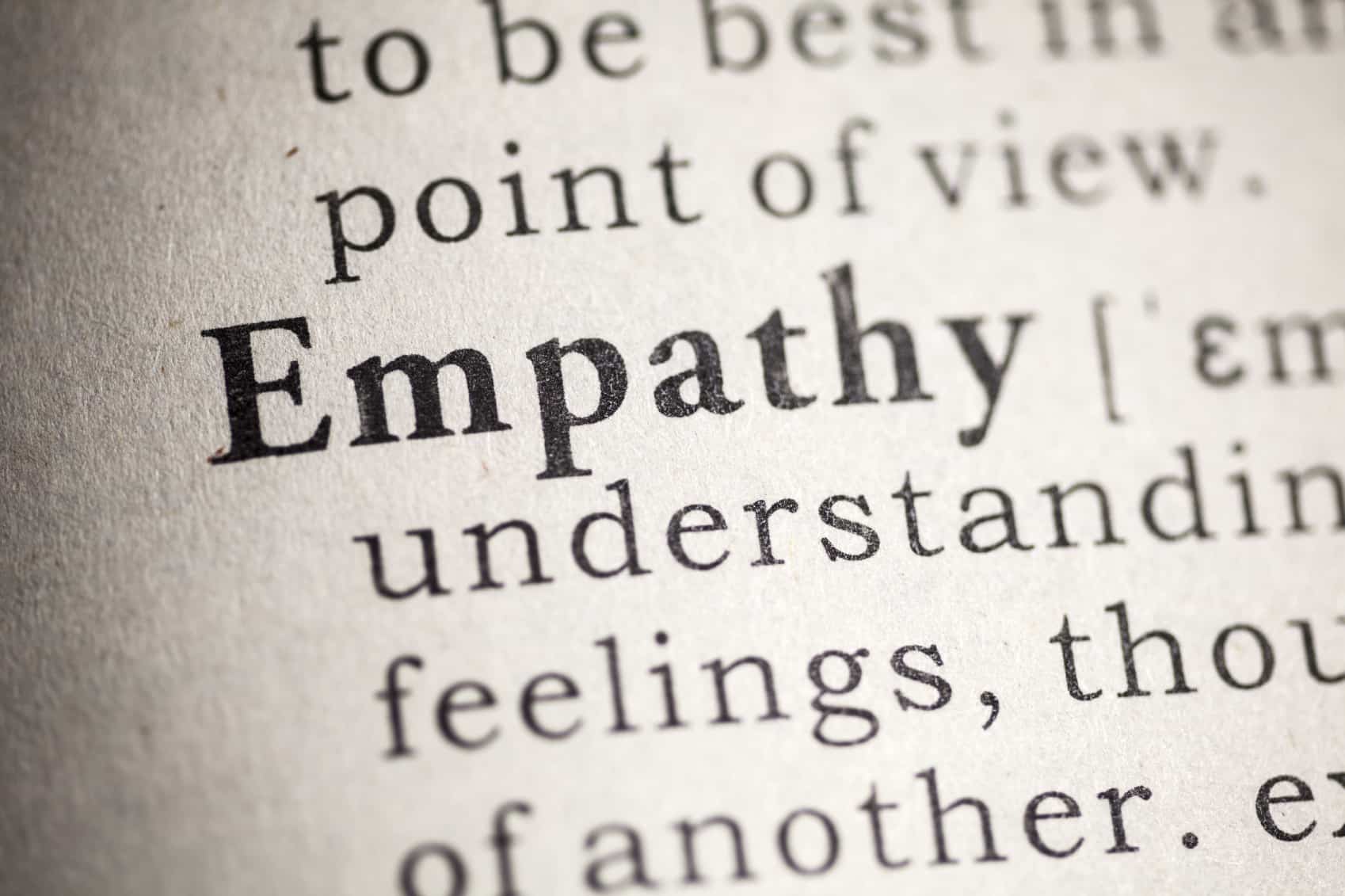In this post, we will try to determine the difference between sympathy and empathy and whether these two words are the same in meaning or really different.
As a young boy, I wondered what it felt like to be a girl (or a dog or a cat). I wondered what it took for a person to walk in someone else’s shoes, and I wondered how hard it must be for them.
In short, I wondered how much they must be suffering. But today, I know most of the differences between sympathy and empathy.
Sympathy is what separates us from animals. We can understand the feelings of other human beings.
Empathy is different from sympathy because you might not identify the exact feelings of another person, but you can understand how you would feel given a similar scenario.
Let’s explore these two emotions and know which is best and how to express them.
What is the Difference Between Sympathy and Empathy?
Sympathy simply means feeling compassion, sorrow, or pity for another person’s hardship. It’s the process of sharing in someone else’s sufferings.
It is a sad, emotional feeling you have towards a person or people who lost a huge amount of money or someone close to them.
A condolence message or visitation is an example of sympathizing with someone.
Empathy is broader than putting yourself in someone else’s shoes, understanding, and identifying with their situations. It’s an emotional component of feeling someone else’s pains.
Understanding Sympathy
Sympathy is sharing or taking part in someone else’s troubles, sufferings, emotions, most especially sorrowful feelings of someone’s misfortune.
It relates to your opinion about things, like pity or sympathy for someone about something very bad or unfortunate.
Sympathy can also be a sense of harmony between people of the same tastes, opinions, or dispositions.
Consider the Following Examples of Sympathy
- It was so heartbreaking to hear of your father’s tragic demise. Please take heart
- Martin Luther King Jr. Said, ” Pity may represent little more than the impersonal concern that prompts the mailing of a check, but true sympathy is the personal concern that demands the giving of one’s soul.”
- The quality of caring about someone else’s misfortune or the feeling about intellectual or emotional accord with another individual.
Understanding Empathy

Empathy is the process or the ability to picture and understand someone else’s feelings as if we had them ourselves.
You can also describe it as putting our feelings into a work of art or another object or something.
Consider the Following Examples of Empathy
- By becoming the wounded person and vicariously experiencing their sufferings, pains, trouble, etc.
- By understanding and putting yourself in someone else’s sufferings and pains.
- Empathy focuses on a mutual and shared emotional experience.
How to Show More Sympathy?
Allowing the Other Party to Talk About Their Feelings/emotions
Listen to their emotions. You don’t have to have a solution right there; just a listening ear and a shoulder to lean on will do.
Using Body Language as a Tool to Show Sympathy
If necessary, you should use body language, such as eye contact or nodding, to show you’re really interested and paying attention.
Facing them directly while they talk is another way to ensure that they will be open enough to talk to you about their situation.
Listening Before Commenting
Author Micheal Rooni states, “Listening allows you to provide other people with a safe space to vent and explore their feelings.
Do not pressure them to take your advice or make them think you’re taking over their situations.
If you try to comment or advise them even before the person makes a complaint, it only makes them feel you’re making the situation about you.
Always Initiate the Appropriate Physical Contact
While the person is grieving, always observe the person’s body language. Even if the person is used to hugging, always ask them if a harmless hug will make them feel better, and then that should be the right time to do so.
In most situations, taking a walk to relieve a person’s mood or giving them a simple pat on the back will be fine.
How to Show More Empathy?
Try Talking to New People
Trying to imagine their pain is not enough; you must also talk to them, be involved with them, and make them comfortable around you.
This might make them open up and contact you on pressing issues. Jodi Halpern said, “. “for me, the core of empathy is curiosity.”
Startup conversations with strangers, colleagues, and friends at your workplace, church, and even schools. Go beyond petty talks and ask how they fare in their day-to-day activities.
Try following people on social media. Chat with them, ask them questions, and be free to follow people with different beliefs, backgrounds, religions, and even political views and opinions.
Try Living Someone Else’s Life
Consider attending someone else’s church, mosques, synagogues, or any place of worship. Find out other people’s daily routines and try imagining what it’s like for homeless people. How they live, how much sleep they get.
A psychiatrist at Harvard Medical School and a chief scientist of empathy said, ” It’s just not enough to stand in someone else’s shoes, as the saying goes; take time and try walking in them.”
Volunteer, try visiting a new place, neighborhood, or even a new city, visit the hospitals, or start a conversation with a pregnant woman, a homeless person, or a carpenter on the streets. It helps you understand someone else’s sufferings and pains.
Get Involved With Community Projects
Rachel Godsil, a law professor at Rutgers and co-founder of the Perception Institute, said, ” Working on a project with other people reinforces everyone’s unique expertise and humanity and minimizes the differences that can divide people.”
- Work on a school project together. Organize a political campaign.
- Be involved in church activities or join a church committee.
- Blend in with people who are grieving and understand them.
Dr.Halpern said: “My magic potion will be for communities to have meaningful, heartfelt projects that speak to their grief and vulnerability.”
Takeaway
Empathy is often misunderstood as something you do on someone else’s behalf. Still, it is about recognizing your feelings and putting yourself in your customer’s shoes.








